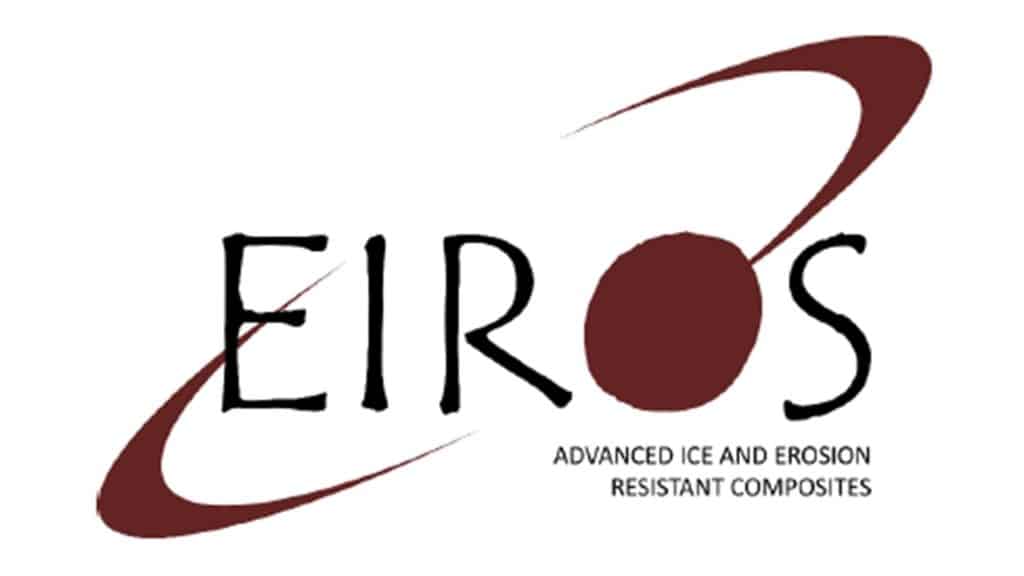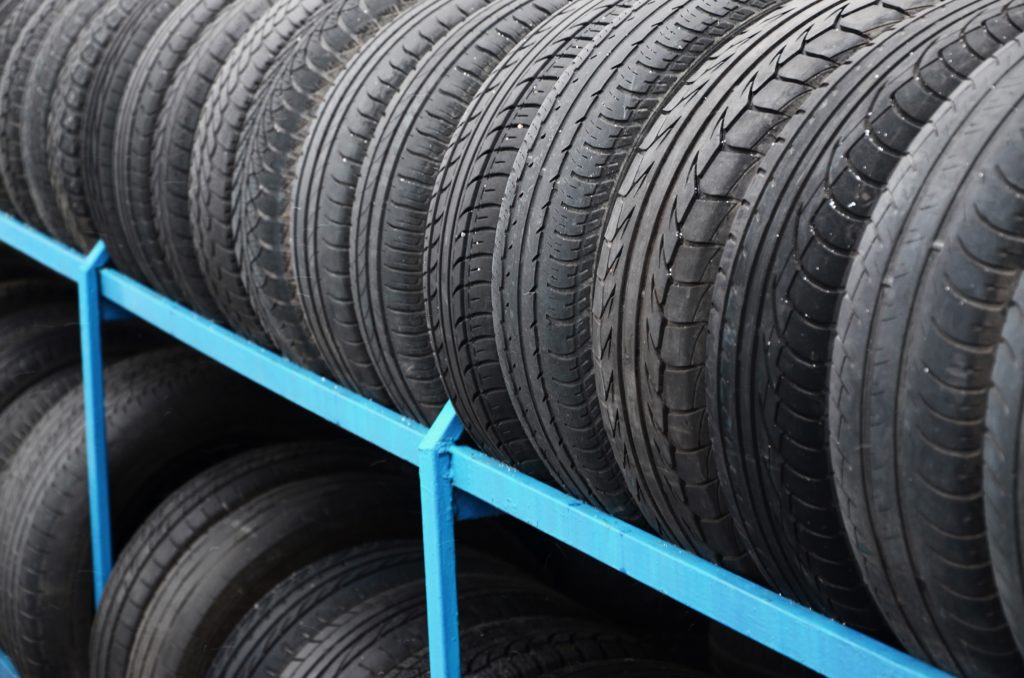Aeronautic
The aerospace industry in particular require advanced technoloy. Thanks to our extensive range of coatings, and ligands, we meet all the requirements set by the aerospace industry. Over the years, we have developed to become an efficient processor of highly accurate and complex linkers for the aeronautical industry. Through our knowledge and experience of the aerospace industry, we know what works and what doesn’t.
Choosing the right surface treatment, is crucial for achieving the best end result. Numerous factors play a role. The key question is: Where and for what purpose is the aerospace customer going to use the treated material?
Read more below why SiKEMIA is the ideal partner for you.

Anti-icing treatment for aviation
To understand how ice becomes a problem in the aviation industry, we must first understand how aircraft fly. Flying an aircraft involves several forces, but one of the most important is lift. Lift allows the aircraft to remain aloft during flight. The air moving above the wing creates a pressure difference between the upper and lower sections, causing the wing to gravitate towards the low pressure area. The airflow must be fluid and uniform throughout the wing which is impossible with the formation of the ice layer. This accumulation of ice and snow disrupts and distorts this airflow. These disturbances then decrease wing lift. Once a significant portion of the wing fails to generate lift, the aircraft can no longer keep pace with drag and gravity, eventually resulting in a stall and eventual crash.
Through our various research projects our company has developed anti-ice surface treatments. Learn more about it here.
Epilame For Electronics components
Because of its important stakes, aeronautic industry requires high electronic precision and performances. Discover our range of ready to use solutions for epilame application dedicated to eletronic field.
Additives for paints
In Aeronautic field, materials are subjected to high stress of strain and friction. In order to protect metalic part a strong link between metal and paint is essential. For this purpose SiKEMIA has developped adapted lingands.
Glass Treatment
Ice accumulation on airplanes is a significant hazard to human safety and the build-up of ice on car windshields is an annoyance in winter climates
Crosslinking agents for pneumatics
Crosslinking agents are substances that are added to polymers in order to improve their mechanical and thermal properties. In the aeronautics field, crosslinking agents are used in the manufacturing of pneumatic systems, which are systems that use compressed air to power mechanical devices.
One of the main benefits of using crosslinking agents in pneumatic systems is that they increase the durability and strength of the polymer materials used in these systems. This is important in the aeronautics industry, where pneumatic systems are subject to high levels of stress and pressure. Crosslinked polymers are able to withstand these conditions better than non-crosslinked polymers, resulting in longer lifespan of the system.
Another benefit of using crosslinking agents in pneumatic systems is that they can improve the thermal stability of the polymer materials used. This is important in the aeronautics field, where pneumatic systems are often exposed to high temperatures. Crosslinked polymers are able to maintain their mechanical properties at higher temperatures, resulting in better performance of the system.
In summary, crosslinking agents are added to polymers in order to improve their mechanical and thermal properties. In the aeronautics field, crosslinking agents are used in the manufacturing of pneumatic systems to increase their durability, strength and thermal stability. These improvements allow the pneumatic systems to better withstand the high levels of stress and pressure they are subject to in the aeronautics industry.

